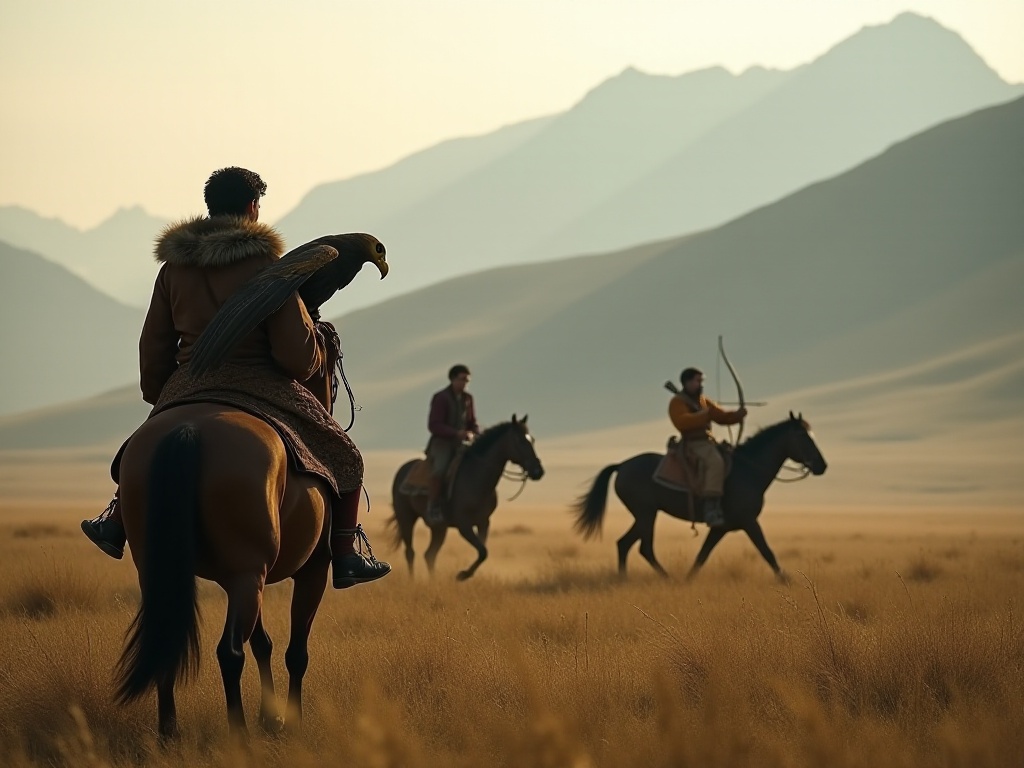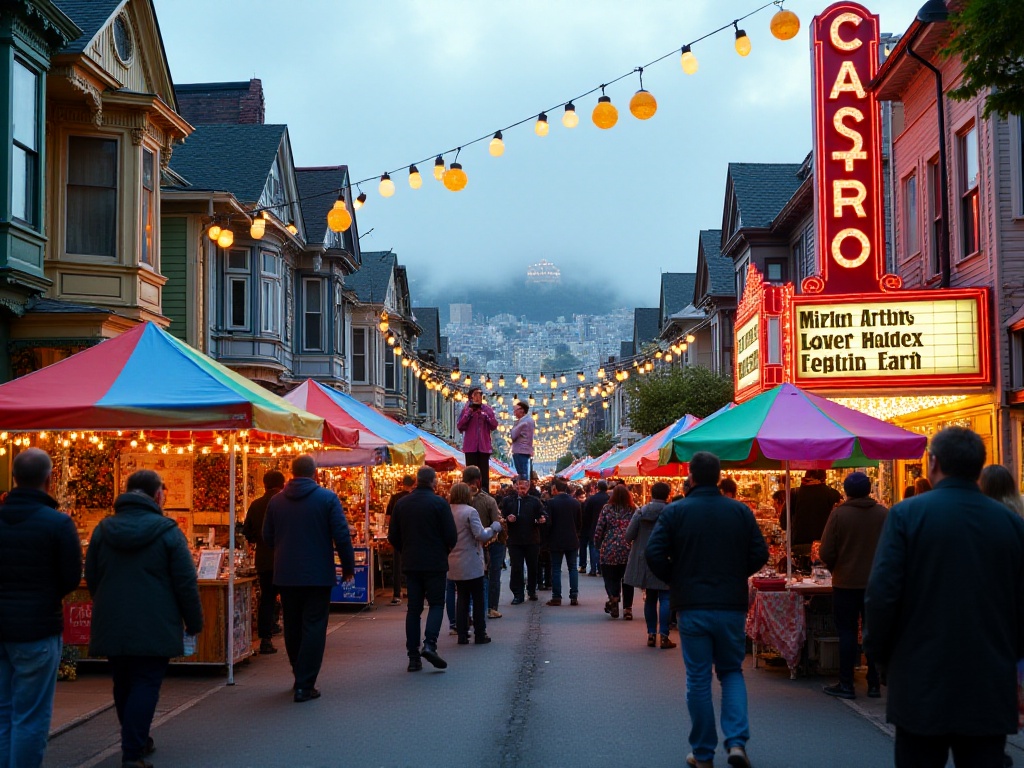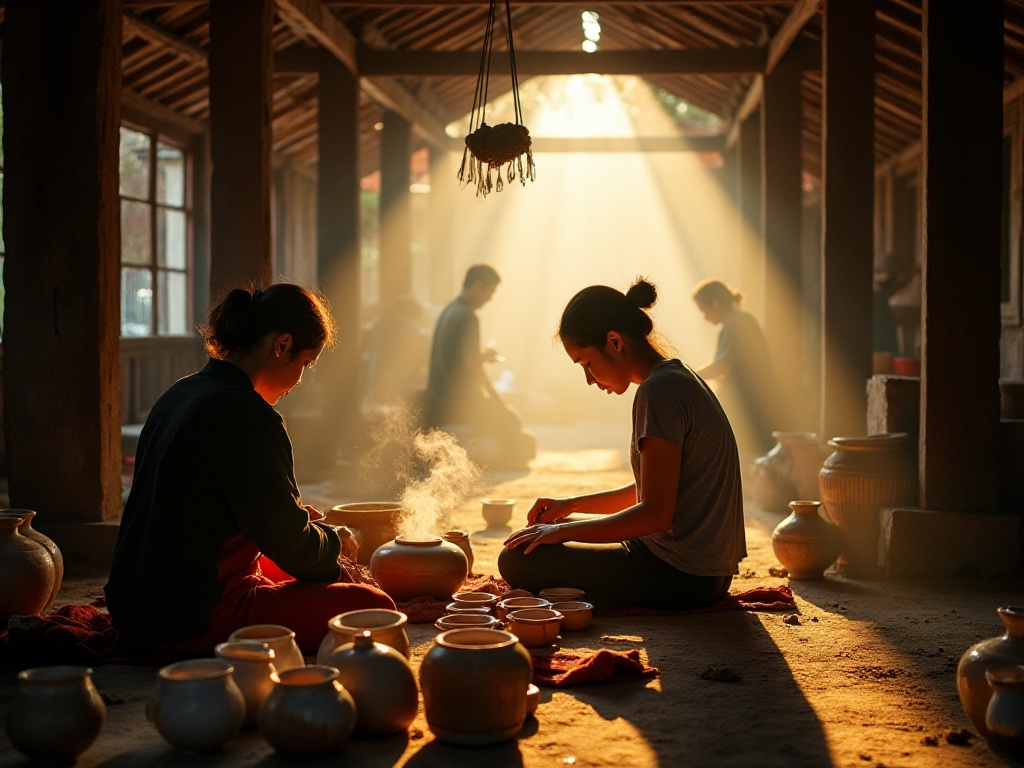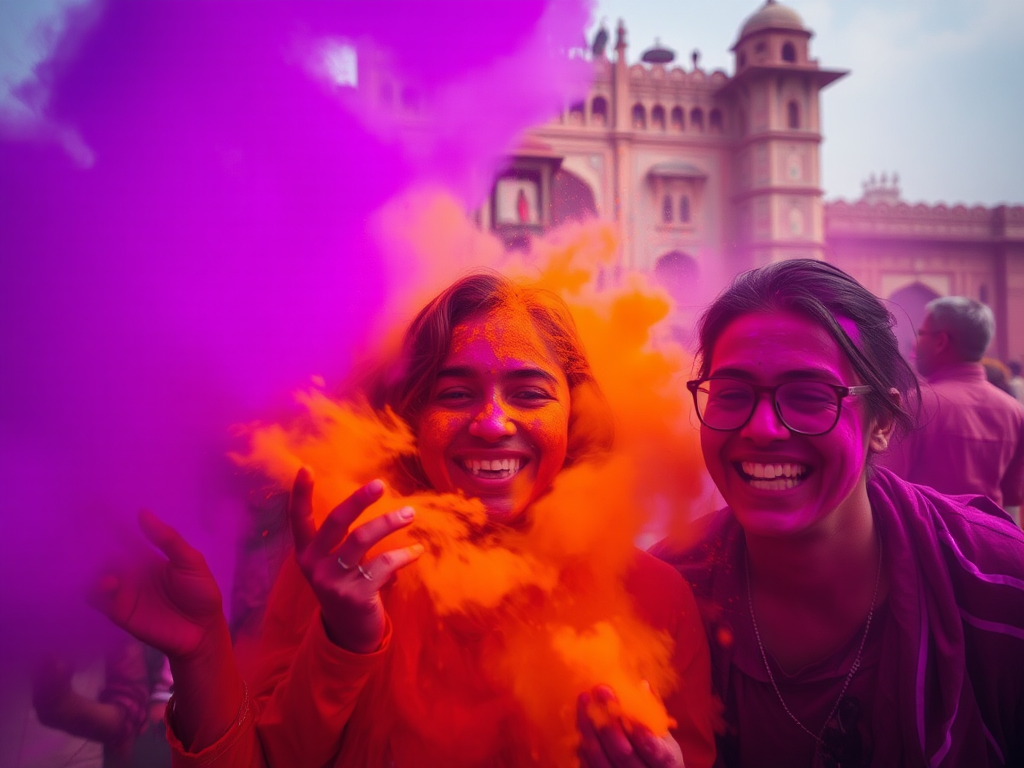Opening Thoughts
As a travel enthusiast who just graduated, I've always been fascinated by unique festivals around the world. Whenever I see friends sharing festival photos and videos on social media, the lively and joyous atmosphere always captivates me. Especially when I see them holding large beer steins at Oktoberfest with happy smiles on their faces, or walking along mysterious ancient canals wearing elaborate masks at the Venice Carnival, I can't help but want to book a flight right away.
Actually, participating in local traditional festivals is the most direct way to experience a place's culture. You can closely interact with locals, feel their way of life, and understand their cultural traditions - an experience far more profound than simply checking off tourist attractions. Through my years of travel experiences, I've discovered that each place's festivals have their unique charm, each bringing different kinds of emotional resonance and impact.
European Charm
When it comes to European festivals, Germany's Oktoberfest in Munich is perhaps the most appealing. This festival, which began in 1810 to celebrate the wedding of Crown Prince Ludwig of Bavaria and Princess Therese, has now become the world's largest beer festival. Every year from mid-September to early October, Munich welcomes over 6 million visitors from around the world, gathering at the Theresienwiese to experience this grand beer celebration.
I'll never forget my first time at Oktoberfest. When I walked into the festival grounds, the sight before me was astounding: massive beer tents lined up, each able to accommodate thousands of revelers simultaneously. Local men wore traditional lederhosen, while women dressed in beautiful Bavarian dirndls, everyone swaying happily to folk bands while holding one-liter beer steins. The air was filled with the aroma of beer, mixed with the enticing smells of bratwurst and pretzels.
Inside the tents, you'll find tables loaded with traditional Bavarian food: sausages, roasted pork knuckles, potato salad, sauerkraut, and more. Most impressively, even strangers share tables, raising their glasses together and quickly becoming friends. The entire festival exudes a strong atmosphere of joy that completely immerses you. However, I should remind interested friends to book accommodation at least six months in advance, as hotels in Munich during the festival are extremely hard to secure and prices soar.
Speaking of European traditional festivals, the Venice Carnival is definitely another must-see celebration. This festival, originating from the late 11th century, drapes the water city in a mysterious veil every February and March. I remember my first time at the Venice Carnival, walking on narrow cobblestone streets surrounded by people wearing exquisite masks and elaborate vintage costumes, making the entire city feel like it had traveled back to its medieval glory days.
The most attractive aspect of the Venice Carnival is undoubtedly the variety of masks. From simple white masks to elaborately decorated full-face pieces, each mask is like a work of art. In St. Mark's Square, you can always see people elegantly strolling in 18th-century Venetian noble costumes, happy to pose for photos with tourists. The masked balls at night are even more unforgettable, with these balls held in ancient palaces making participants feel like they're in a fairy tale.
Every first Sunday of September, Venice also holds the traditional Regata Storica. This is a celebration showcasing Venice's glorious water culture. Elaborately decorated gondolas glide slowly along the Grand Canal, with rowers in traditional costumes demonstrating their excellent rowing skills. The banks are packed with spectators eager to watch this unique water spectacle. The boat parade recreates the grand reception of the Queen of Venice from the late 15th century, allowing people to experience the city's past glory.

American Rhythms
When it comes to music festivals, America can be considered the ultimate destination. The ACL (Austin City Limits) Music Festival in Austin, Texas, is a perfect example. Every October for two weekends, the entire city of Austin immerses itself in an ocean of music. I was fortunate to attend this festival last year, and the impact remains unforgettable.
Imagine eight stages hosting simultaneous performances across the 350-acre Zilker Park, with musicians from around the world taking turns performing. From rock to folk, jazz to electronic music, every musical style is represented. The best part is that you can freely move between different stages to find the music type that suits you best. During the day, you can lie on the grass sunbathing while listening to melodious music; at night, you can swing to the passionate rhythms.
The entire festival atmosphere is very relaxed and casual, with many people bringing picnic blankets and folding chairs, gathering in groups on the grass to enjoy music and food. The festival grounds feature various food stalls, offering everything from Texas barbecue to Mexican tacos. Notably, the organizers place great emphasis on environmental protection, with all utensils being biodegradable and well-organized waste sorting.
Chicago's Lollapalooza festival gave me a completely different experience. This festival, which began in 1991, has now become one of North America's most influential music festivals. In Chicago's downtown Grant Park, eight stages host simultaneous performances during the four-day music feast, attracting music lovers from around the world.
Lollapalooza's biggest feature is its diverse music styles. From mainstream rock to alternative music, hip-hop to electronic music, musicians of all styles can find their stage here. Besides music performances, the festival grounds include food areas and farmers' markets, allowing participants to taste Chicago's specialty foods while enjoying the music.
What particularly moved me was Lollapalooza's dedicated Kidzapalooza area for children. Here, kids can participate in various interactive music activities, experience instrument playing, and even join small music workshops. This approach to cultivating musical interest in the next generation makes this music festival more meaningful.
Speaking of American festivals, Brazil's Rio Carnival is absolutely the most dazzling presence. This carnival celebration, which began in 1723, attracts over 5 million visitors annually. During the entire carnival period, the streets and alleys of Rio de Janeiro are filled with a joyous atmosphere.
I'll never forget my first time at the Rio Carnival. On the Sambadrome, elaborately decorated floats slowly passed by, with dancers in sequined costumes dancing passionately to samba music. Each samba school carefully prepares their performance theme, presenting everything from Brazilian history and culture to modern social issues through artistic forms. The atmosphere in the stands is equally energetic, with everyone swaying to the music and dancing along with the performers.
Besides the famous samba parade, Rio's streets host countless street parties. These street celebrations, known as "Blocos," best reflect the passionate and outgoing character of the Brazilian people. Here, you'll find revelers in all sorts of costumes, everyone dancing to the music, completely disregarding differences in status and position, creating a joyous feast together.
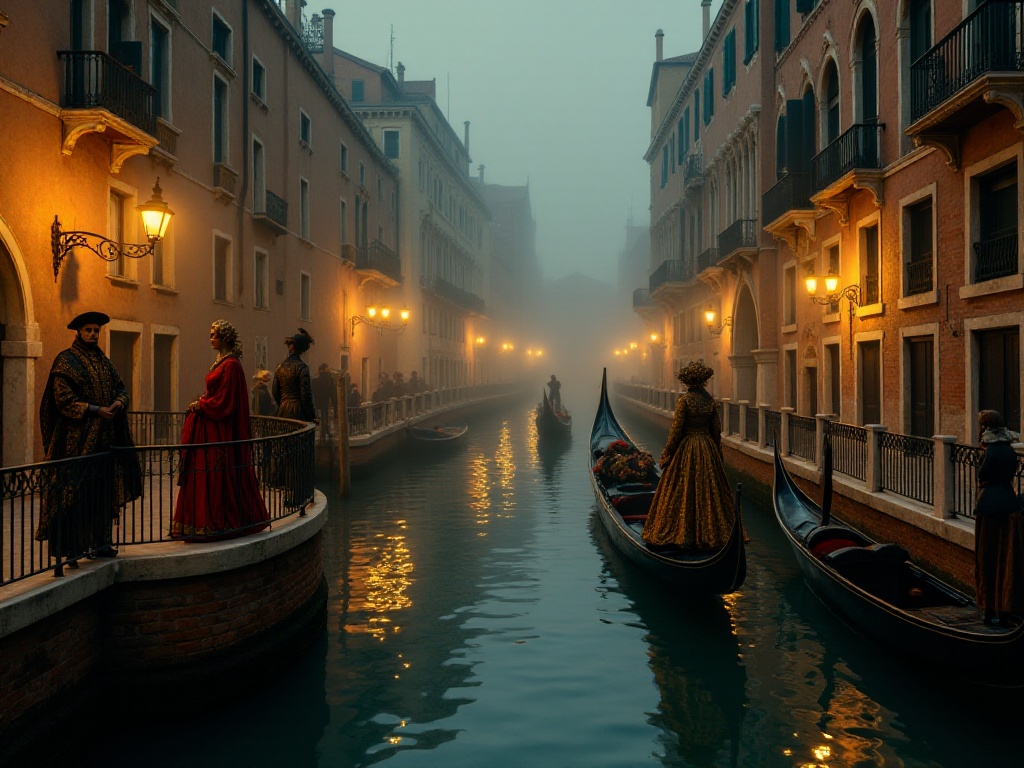
Cultural Diversity
Mexico's Day of the Dead (Día de los Muertos) gave me a completely different cultural experience. This three-day festival perfectly blends mourning with celebration, demonstrating Mexicans' unique understanding of life and death. During these days, people believe the souls of deceased loved ones return to reunite with family and friends.
Walking through Mexico City's streets, you can see colorful sugar skulls and skeleton decorations everywhere. People build altars at home or in cemeteries, placing food, drinks, and items that their deceased loved ones enjoyed in life. What touched me most was that this festival doesn't feel gloomy or scary, but instead is full of warmth and joy. People wear skull makeup and colorful costumes, parading through the streets in celebration, commemorating their deceased loved ones in a festive way.
On the altars, you often see marigold decorations. These orange-yellow flowers are said to guide the souls of the deceased back home. People make traditional bread (Pan de Muerto), decorated with patterns symbolizing bones yet emanating a sweet aroma. Traditional Mexican music fills the streets and alleys as people sing and dance, expressing their longing for deceased loved ones in the most passionate way.
In Africa, Niger's Gerewol Festival shows a completely different courtship culture. Every late September, the local Wodaabe people gather to hold this unique courtship festival. Young men carefully dress up, painting elaborate makeup on their faces, and use song and dance to attract potential partners.
This week-long festival coincides with the end of the rainy season when the grasslands are full of vitality. Men spend several hours applying makeup, using ochre powder and charcoal ash to paint unique patterns on their faces, emphasizing the whiteness of their eyes and teeth. They line up and sway to traditional music, showing their most charming side. Women watch from the side, choosing the dancers they fancy.
Most special is that in Wodaabe tradition, beauty is considered a masculine trait. Men emphasize their tall stature, elegant manners, and white teeth. This reversal of traditional gender roles makes people think differently about the definition of beauty.
Lastly, there's Pakistan's Uchal Harvest Festival. This festival, held every August in the Kalash Valley, is not just a harvest celebration but also a window into the unique dairy culture of the region. The Kalash people are one of Pakistan's oldest ethnic groups, and their unique cultural customs are fully displayed during this festival.
During the festival, the entire valley is filled with a joyous atmosphere. People wear traditional clothes and celebrate the harvest with song and dance. Most special is their dairy culture, from fresh goat's milk to various fermented dairy products, all demonstrating the wisdom of local people living in harmony with nature. Young people dance traditional dances in the square, with songs echoing through the valley, creating a unique cultural tableau.
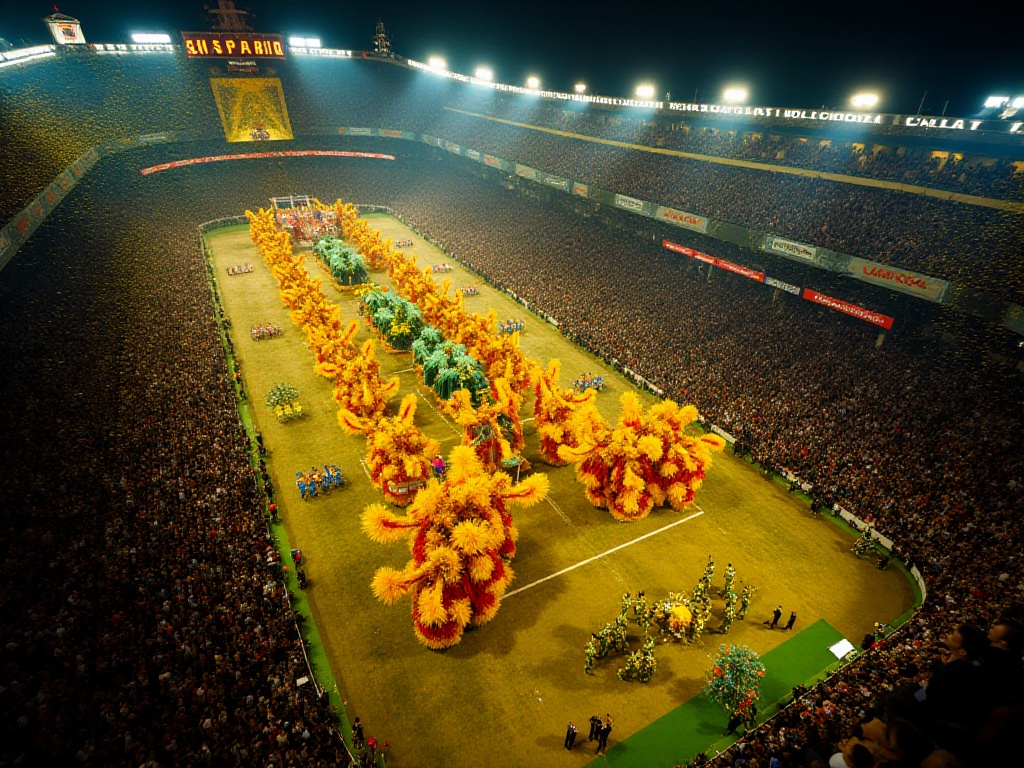
Final Thoughts
Through these colorful festivals, I've deeply experienced the unique charm of cultures worldwide. Each festival is like a mirror, reflecting local people's lifestyles, values, and spiritual pursuits. From Germans' love for beer to Venetians' adherence to tradition; from American music festivals' inclusiveness and openness to Mexicans' open-minded understanding of life and death; from African tribal marriage traditions to harvest celebrations in Pakistan's valleys, these festivals have given me a deeper understanding and respect for different cultures.
If you also enjoy traveling, why not check if there are any special festivals at your destination when planning your next trip? You might encounter such an unforgettable cultural feast and create lifelong memories. Each festival is a window through which we can see the world's richness and find ways to dialogue with different cultures.
Among these spectacular festivals, which one would you most like to attend? Would you like to experience the joyous atmosphere of Munich's Oktoberfest, or wear a mask at the Venice Carnival for a journey through time? Would you prefer to dance freely at an American music festival, or experience the unique culture of Mexico's Day of the Dead? Each festival has its unique charm and is worth experiencing firsthand.




